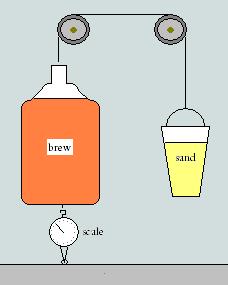Brewin_Bob
Well-Known Member
Subscribed ...
What is the diameter of the ball? I ask because I see how it could be easily placed into and removed from a ale pale or conical but not a carboy.
While using RFID tags is more time efficient and convenient for the brewer, is it more cost efficient than having the inputs hard-wired? Referencing concept 5, would a thin, food grade, flexible tubing be enough to meet the requirements of:
1 - must be flexible enough to NOT restrict free floating
2 - must NOT leach anything into fermenting wort
3 - must NOT interfere with the duties of the yeasties
Thanks.
What is the diameter of the ball? I ask because I see how it could be easily placed into and removed from a ale pale or conical but not a carboy.
While using RFID tags is more time efficient and convenient for the brewer, is it more cost efficient than having the inputs hard-wired? Referencing concept 5, would a thin, food grade, flexible tubing be enough to meet the requirements of:
1 - must be flexible enough to NOT restrict free floating
2 - must NOT leach anything into fermenting wort
3 - must NOT interfere with the duties of the yeasties
Thanks.


